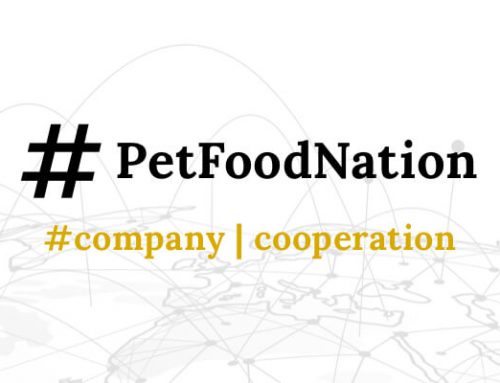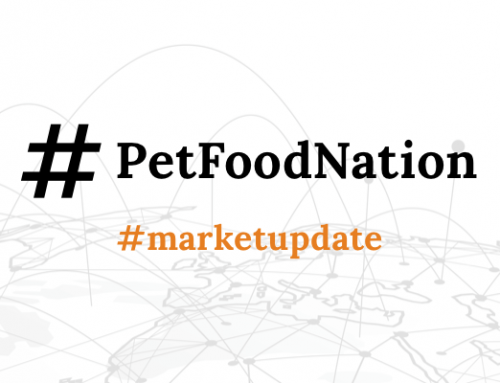The Composting Consortium, managed by Closed Loop Partners’ Center for the Circular Economy, and BPI have tried to find an answer to the industry’s question of how to create a national consensus on compostable packaging in a joint study. They discovered three main challenges and possibilities: effective design and labeling strategies, consumer elucidation, and harmonization between local and state governments.
First of all, (49%) of consumers conceded to not know the difference between “compostable” and “biodegradable.” This poses a problem, since wrong disposal can lead to a value loss of the material. Around 30% of US respondents declared to put a compostable packaging in the recycling bin.
Composting Consortium and BPI explain, “all certified compostable materials are inherently biodegradable in a composting environment, but not all biodegradable materials are safely compostable.”
There is certified compostable packaging under the biodegradable label which is degradable under specific conditions and therefore underlies different regulations.
“In the absence of the required conditions such as temperature, moisture and microbial presence, biodegradable material may endure in the environment for extended periods, or worse, break down into smaller microplastics without undergoing genuine biodegradation,” the report continues.
California, Colorado, Maryland, Minnesota and Washington have already prohibited the “biodegradable” term on plastic products because of this disarray.
Some brand use the term “Made from plants” to declare compostability of their packaging which entices consumers to place it in a composting bin. According to the Composting Consortium and BPI, these are “look-alike items” constitute a great part of contamination issue.
The report discovered the main problem in the fact that some consumers put their compostable packaging in a composting bin for curbside pickup, some others place those in at-home system, while others bring them to a local composting facility. Only 13% declared that they have access to curbside compost pickup. The report explains that the trash is the right choice for compostable packaging when consumer do not have access to industrial facilities.
The report emphazises the importance of consumer education in dealing with compostable packaging since even consumers in Western US, where curbside services are twice as likely, often do not know how to place those packaging the right way.
According to survey results, the terms should be simplified and standardized e.g. using design elements and callouts so that consumers better understand the disposal.
At last, the adjustment of local and state policy will strongly contribute to a efficient composting of packaging.




